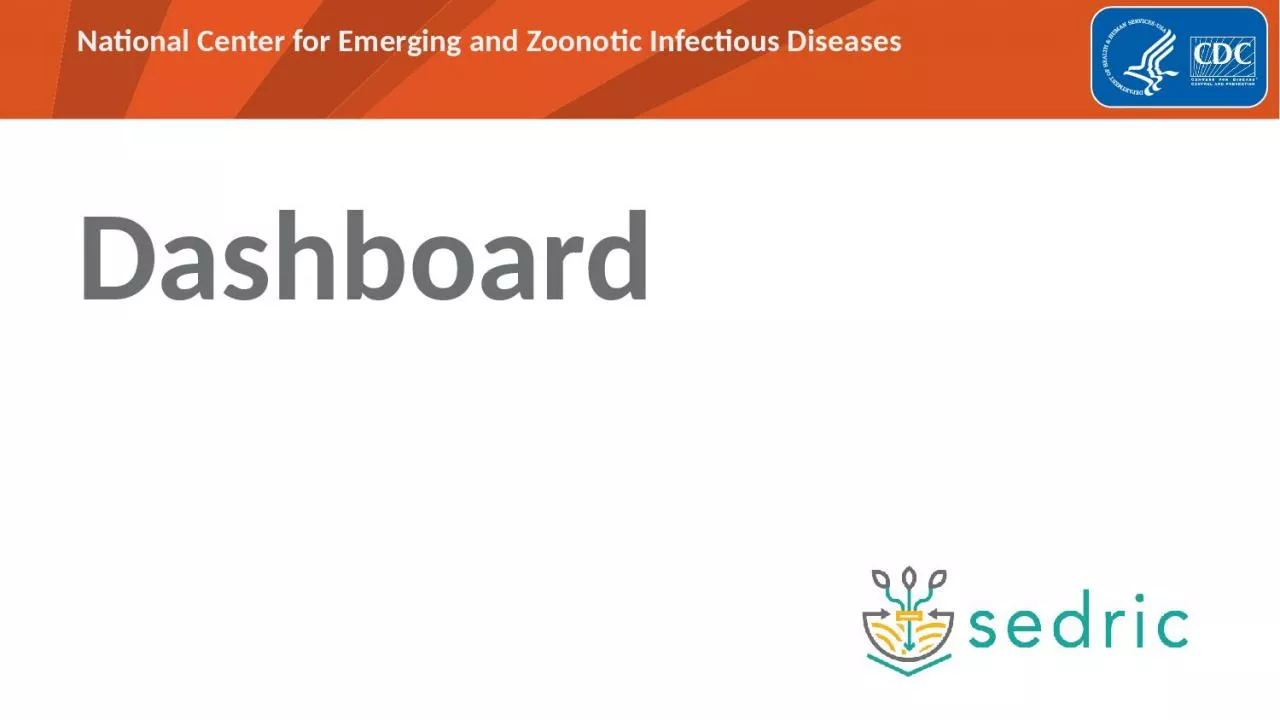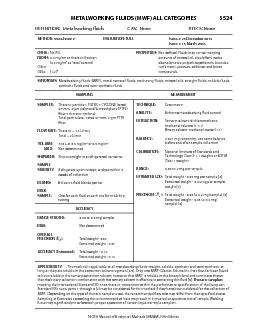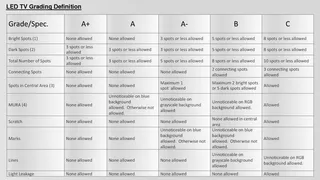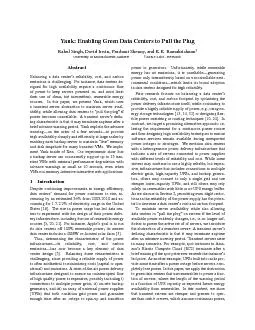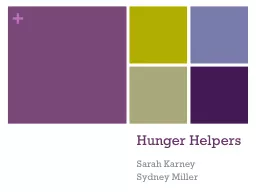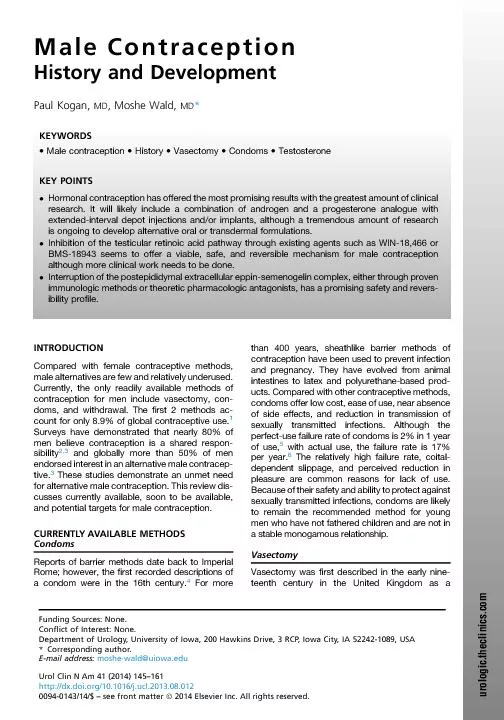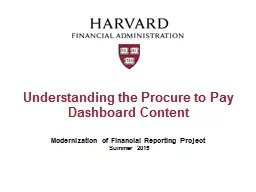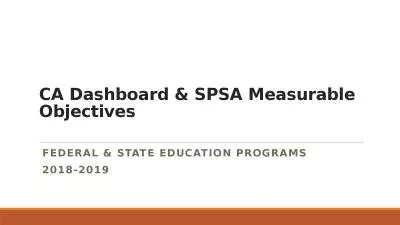PPT-Dashboard Important Helpers: None
Author : oryan | Published Date : 2024-01-29
Quick look at outbreaks PFGE patterns or serotypes Fast and broad comparisons of outbreaks patterns states sex Time trend map analysis Dashboard On sign in you
Presentation Embed Code
Download Presentation
Download Presentation The PPT/PDF document "Dashboard Important Helpers: None" is the property of its rightful owner. Permission is granted to download and print the materials on this website for personal, non-commercial use only, and to display it on your personal computer provided you do not modify the materials and that you retain all copyright notices contained in the materials. By downloading content from our website, you accept the terms of this agreement.
Dashboard Important Helpers: None: Transcript
Download Rules Of Document
"Dashboard Important Helpers: None"The content belongs to its owner. You may download and print it for personal use, without modification, and keep all copyright notices. By downloading, you agree to these terms.
Related Documents

